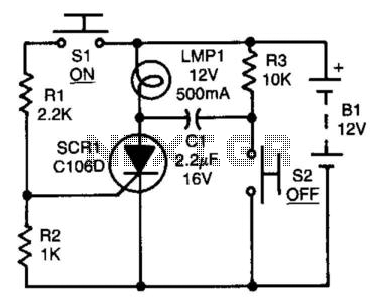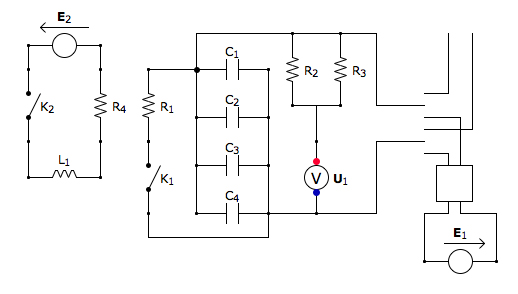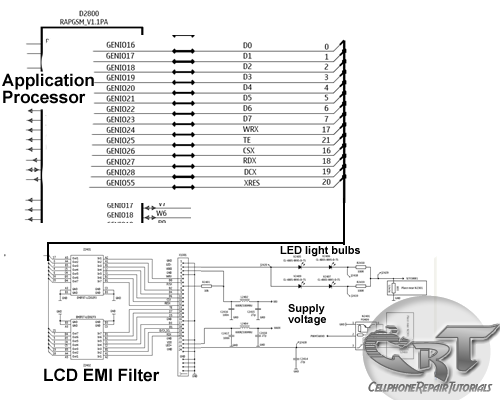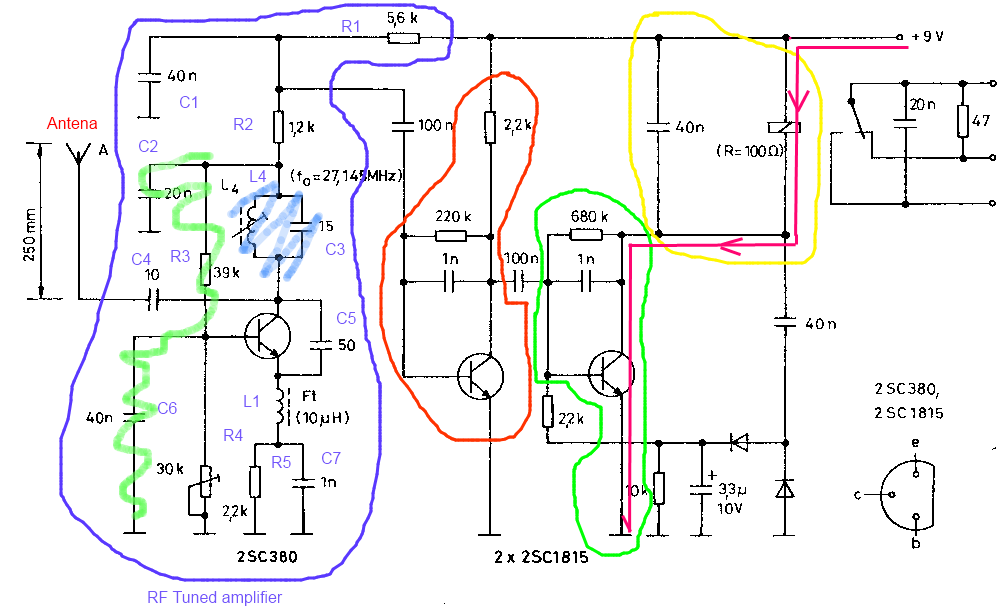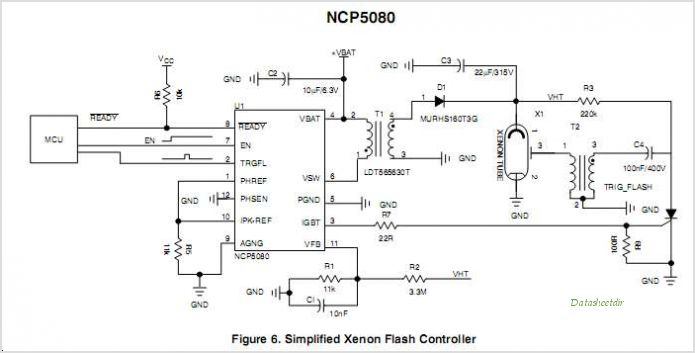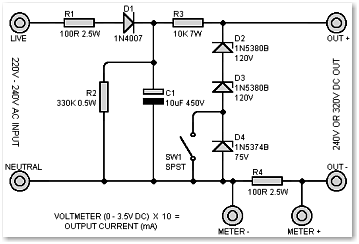
How the capacitor works (in a debouncing circuit)
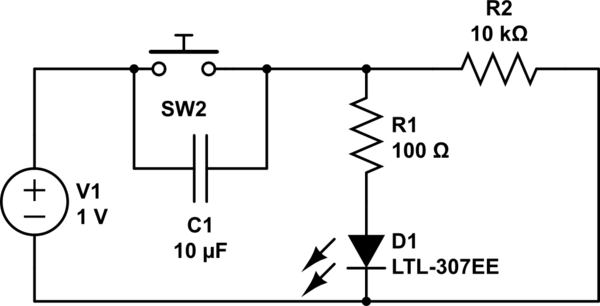
Understand why the LED does not light up, as the capacitor appears to be bypassing the switch. When the capacitor is fully charged, it does not conduct electricity. Although the individual is a beginner, after 20 hours of studying various tutorials, they still struggle to comprehend how a fully charged capacitor behaves differently than a simple wire. Additionally, it has been noted that the debouncing circuit seems illogical due to incorrect voltage levels. The second attempt at the circuit design suggests that resistors R5 and R6 could be identical, but keeping them separate might help assign a distinct function to each component.
In this circuit, the primary issue revolves around the interaction between the capacitor and the LED. When the switch is closed, the capacitor begins charging. If the capacitor is fully charged, it presents a high impedance path, effectively blocking current flow to the LED, preventing it from lighting up. This behavior is due to the capacitor's ability to store electrical energy; once charged, it does not allow further current to pass through until it discharges.
To clarify how a fully charged capacitor differs from a simple wire, it is essential to note that a wire provides a low-resistance path for current flow, while a capacitor acts as a temporary energy storage device. When the switch is closed, current flows into the capacitor, and once it reaches its maximum voltage (the capacitor's rated voltage), the current flow ceases until the capacitor is discharged.
The mention of a debouncing circuit indicates that the circuit may be intended for use with a mechanical switch, which can produce multiple signals (bounces) when toggled. The design should include appropriate resistors to filter out these bounces and provide a stable signal to the LED. The choice to keep resistors R5 and R6 separate allows for more precise control over the timing and behavior of the circuit, ensuring that each resistor can be tailored to fulfill a specific role, such as controlling the charge and discharge rates of the capacitor.
In summary, the circuit's functionality hinges on understanding the charging and discharging behavior of the capacitor, the role of resistors in stabilizing the circuit, and the need to address mechanical switch bounce to achieve reliable LED operation.Understand how come the LED will not light up as the Capacitor looks like it`s by-passing the switch. When the capacitor is full, it doesn`t transmit/conduct electricity You`ll notice that I`m very beginner, but after 20 hours of reading various tutorials, I still can`t really figure out something very simple; how the full capacito
r act differently than a simple wire Edit: Some people pointed out that the debouncing circuit was making no sense ( bad voltage, etc. ) Here`s my 2nd attemps to make more sense. R5 and R6 could be the same, but I thought keeping them separate would help to keep 1 job to each component.
🔗 External reference
In this circuit, the primary issue revolves around the interaction between the capacitor and the LED. When the switch is closed, the capacitor begins charging. If the capacitor is fully charged, it presents a high impedance path, effectively blocking current flow to the LED, preventing it from lighting up. This behavior is due to the capacitor's ability to store electrical energy; once charged, it does not allow further current to pass through until it discharges.
To clarify how a fully charged capacitor differs from a simple wire, it is essential to note that a wire provides a low-resistance path for current flow, while a capacitor acts as a temporary energy storage device. When the switch is closed, current flows into the capacitor, and once it reaches its maximum voltage (the capacitor's rated voltage), the current flow ceases until the capacitor is discharged.
The mention of a debouncing circuit indicates that the circuit may be intended for use with a mechanical switch, which can produce multiple signals (bounces) when toggled. The design should include appropriate resistors to filter out these bounces and provide a stable signal to the LED. The choice to keep resistors R5 and R6 separate allows for more precise control over the timing and behavior of the circuit, ensuring that each resistor can be tailored to fulfill a specific role, such as controlling the charge and discharge rates of the capacitor.
In summary, the circuit's functionality hinges on understanding the charging and discharging behavior of the capacitor, the role of resistors in stabilizing the circuit, and the need to address mechanical switch bounce to achieve reliable LED operation.Understand how come the LED will not light up as the Capacitor looks like it`s by-passing the switch. When the capacitor is full, it doesn`t transmit/conduct electricity You`ll notice that I`m very beginner, but after 20 hours of reading various tutorials, I still can`t really figure out something very simple; how the full capacito
r act differently than a simple wire Edit: Some people pointed out that the debouncing circuit was making no sense ( bad voltage, etc. ) Here`s my 2nd attemps to make more sense. R5 and R6 could be the same, but I thought keeping them separate would help to keep 1 job to each component.
🔗 External reference
